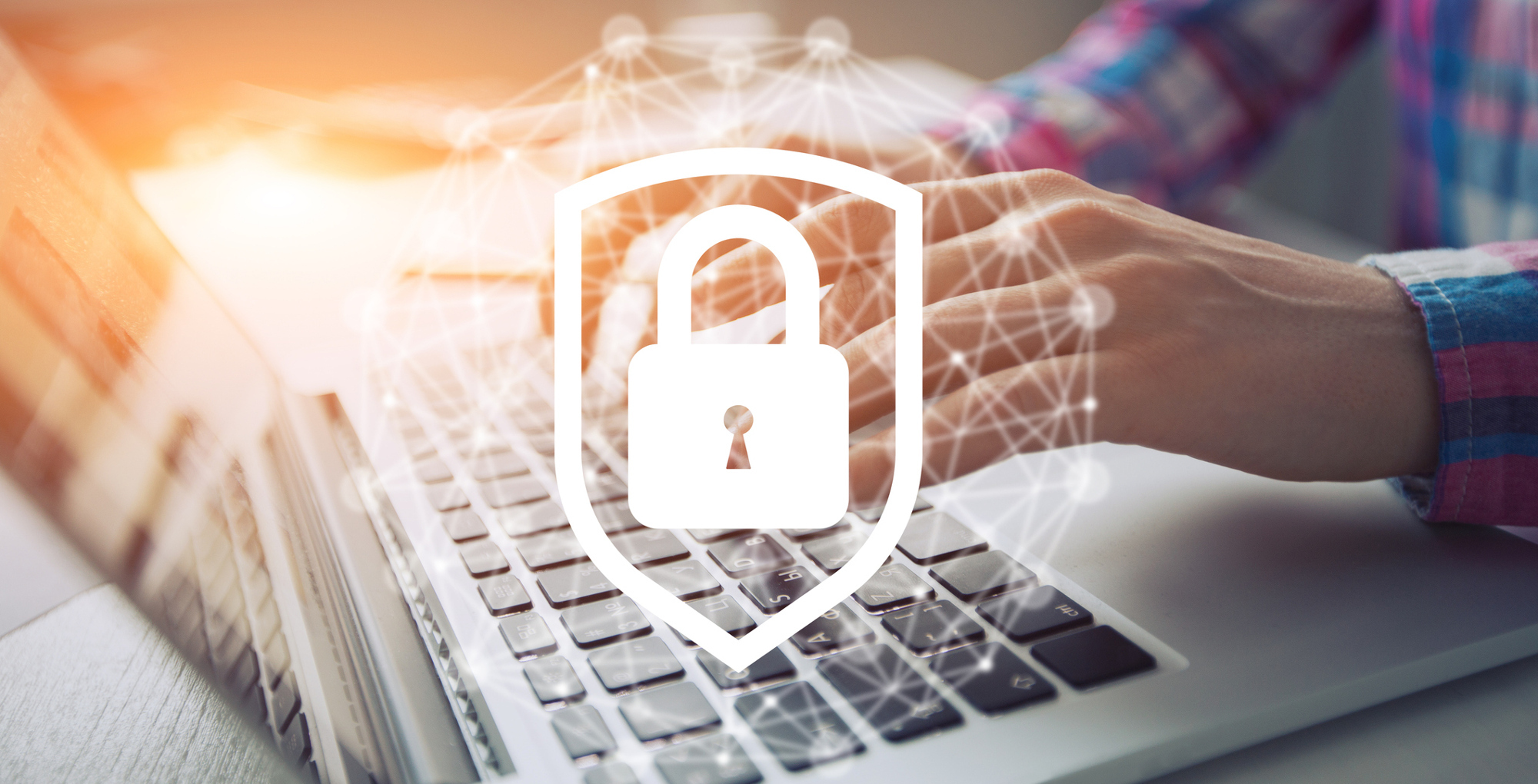Real-world signs before you enter your card number
In the digital age, online shopping has become part of daily life. Whether you’re booking a flight, ordering lunch, or purchasing clothes, transactions happen with just a few clicks. But convenience comes with risk: scammers are constantly creating fake payment pages to steal credit card details and personal data.
So how can you tell if a payment page is truly secure? Below is a comprehensive guide that anyone — even without technical knowledge — can follow before entering card information online.
🔎 1. Does the URL start with “https://”?
The “s” in https stands for secure. It means that data sent between your browser and the website is encrypted, making it much harder for hackers to intercept.
✅ What to do: Click the address bar and check that the site starts with https:// — never trust sites that only use http:// on payment pages.
🛡️ 2. Is there a padlock icon in the browser bar?
Most browsers show a padlock icon next to the URL to indicate that the site is using a valid SSL certificate — another sign that your connection is encrypted.
⚠️ Important caveat: A padlock doesn’t mean the site is trustworthy — only that your connection is secure. Scammers can (and do) install SSL certificates to make fake pages look legitimate. The padlock is necessary but not sufficient.
🏢 3. Check the domain name carefully
Cybercriminals often create fake websites that look almost identical to real ones, using small tricks like:
- misspellings (e.g.,
paypall.cominstead ofpaypal.com) - extra words (e.g.,
secure-amazon-checkout.com) - unusual extensions (e.g.,
.top,.xyz, or.bizinstead of.comor.org)
Always manually type the domain name for important websites, especially when redirected via email, SMS, or ads.
📄 4. Look at the overall design quality
Fraudulent payment pages often have:
- Spelling or grammatical mistakes
- Low-quality logos or distorted images
- Unprofessional or mismatched color schemes
- Poor layout or broken buttons
Legitimate businesses invest in web design. If the site looks hastily thrown together or “off,” don’t proceed.
💳 5. What payment methods are offered?
Scam pages often push you to use:
- Crypto only
- Gift cards (e.g., Google Play, iTunes)
- Wire transfers, especially international ones
These are untraceable and unrecoverable payment methods. Legitimate websites will always offer standard payment gateways like Visa, MasterCard, PayPal, or Stripe.
📬 6. Is there an order summary or receipt preview?
Before asking for your card info, a secure payment page should show:
- An itemized summary of your order
- Clear pricing and tax breakdowns
- Return policy or cancellation terms
- Terms & conditions or privacy policy
- Contact email or support information
If the site jumps straight to payment without these steps, it may be a trap.
🔍 7. Quick safety checks you can do
Before entering sensitive information, take one minute to:
- Google the site name with the word “scam” or “review”
- Use whois.domaintools.com to see when the domain was created (new = suspicious)
- Visit scamdoc.com or trustpilot.com to see public reviews
- Run the URL through a scam checker like phishing-initiative.com
These quick checks can save you a huge financial headache.
🧠 8. Use protective tools and habits
- Use virtual cards that expire after one use
- Enable 2FA (two-factor authentication) on all your banking apps
- Get instant payment notifications from your bank
- Install anti-phishing extensions in your browser
- Use password managers to avoid typing on suspicious pages
The more barriers you put in place, the harder it becomes for scammers to succeed.
🚨 9. Already entered your details? Take action now
If you’ve already submitted your card details on a suspicious site:
- Immediately contact your bank to block the card
- Request a chargeback if money has been taken
- Change any passwords used on the site
- Monitor your account for unauthorized charges
- Report the scam to:
- reportfraud.ftc.gov (USA)
- actionfraud.police.uk (UK)
- econsumer.gov (Global)
🆘 Need help?
If you’ve fallen victim to a suspicious payment site or need guidance on recovering from online fraud, our experts are here to support you.
📧 Email us at: info@fast-recover.com
We’ll help you take the next steps — quickly and discreetly.


